NFYK22003U Computational Atmosphere and Ocean Dynamics
Education
- MSc Programme in Climate Change
- MSc Programme in Physics
Content
In this course we will discuss the world’s major atmospheric and oceanic circulation systems, how they are coupled, shape climate and control the carbon cycle: the tropical Hadley circulation and the Jetstream as well as the wind and density driven circulations in the ocean, like the Gulfstream. Furthermore the various wave and instability processes in atmosphere and ocean are explored. These areas of physics are typically referred to as Geophysical Fluid Dynamics (GFD), and they explain the flow not only on Earth but other planets as well – as for example in Jupiter famous Great Red Spot.
The methodological focus will be on the manipulation of the equations of motion to derive simple analytical models of each of these systems. Observations and numerical (Python based) models will then be used to fill these equations with life.
Learning Outcome
Knowledge:The purpose of this course is that the student obtains a basic understanding of atmosphere and ocean dynamics and how they shape climate and atmospheric CO₂.
Skills:- Explain the energetics of planetary scale motions
- Understand the relevance of turbulence for climate
- Apply the governing conservation principles (mass, energy and vorticity)
- Explain the basics of Earth's carbon cycle
- Translate laws of nature into Python code
- Set up, run, and analyze a full computer model of Earth's climate
The course introduces the student to the equations of motion for a continuous medium. The student will learn how to use scaling analysis to reduce the complexity of partial differential equations. Finally the student will combine the resulting equations with observations and numerical model results to relate the different forcing mechanisms to the relevant parts of Earth or other extra-solar planets.
Literature
The following is an example of suggested course material. Final material will be announced in Absalon.
Atmospheric and Oceanic Fluid Dynamics
G. Vallis
Recommended Academic Qualifications
A good understanding of classical mechanics. The mathematical challenges require some knowledge of partial differential equations. Basic knowledge of Python is helpful but not necessary.
Academic qualifications equivalent to a BSc degree is recommended.
Teaching and Learning Methods
Lectures. Weekly hand-in exercises.
Workload
- Lectures: 30
- Preparation: 145.5
- Exercises: 30
- Exam: 0.5
- Total: 206.0
Exam
- Credit: 7.5 ECTS
- Type of assessment: Oral examination, 30 minutes
- Type of assessment details: No preparation time
- Exam registration requirements: At least 5/7 of weekly numerical experiments must be accepted
- Aid: Without aids
- Marking scale: Passed/Not passed
- Censorship form: No external censorship. Several internal examiners
- Re-exam: Same as ordinary exam; can hand in new written exercises 3 weeks before re-exam
Course Information
- Language: English
- Course code: NFYK22003U
- Credit: 7.5 ECTS
- Level: Full Degree Master
- Duration: 1 block
- Placement: Block 4
- Schedule: B
- Course capacity: No limitation – unless you register in the late-registration period (BSc and MSc) or as a credit or single subject student
Additional
- Course is also available as continuing and professional education
- Study board: Study Board of Physics, Chemistry and Nanoscience
- Contracting department: The Niels Bohr Institute
- Contracting faculty: Faculty of Science
- Course Coordinators: Markus Jochum
- Saved on: 20-02-2024
